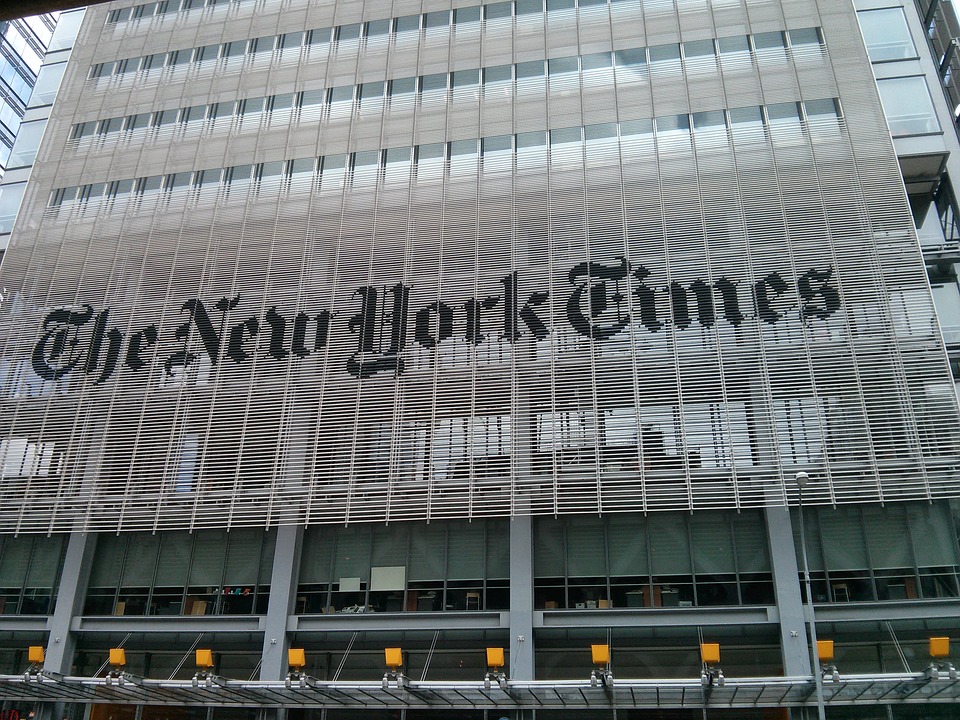
Advertisement
By Robert Parry, the investigative reporter who many of the iran-contra stories for the associated press and newsweek in the 1980s originally published at Parry’s Consortious News
( Article by Robert Parry from blacklistednews.com )
There are real reasons to worry about President Donald Trump’s foreign policy, including his casual belligerence toward Iran and North Korea and his failure to rethink U.S. alliances with Saudi Arabia and Israel, but The New York Times obsesses on Trump’s willingness to work with Russia.
On Saturday, the Times devoted most of its op-ed page to the Times’ favorite conspiracy theory, that Trump is Vladimir Putin’s “Manchurian candidate” though evidence continues to be lacking.
The op-ed package combined a “What to Ask About Russian Hacking” article by Louise Mensch, a former Conservative member of the British Parliament who now works for Rupert Murdoch’s News Corporation, and a connect-the-dots graphic that when filled out shows the Kremlin sitting atop the White House. But the featured article actually revealed how flimsy and wacky the Times’ conspiracy theory is.
Usually, an investigation doesn’t begin until there is specific evidence of a crime. For instance, the investigative articles that I have written over the years have always had information from insiders about how the misconduct had occurred before a single word was published.
In the early 1990s, for the investigation that I conducted for PBS “Frontline” into the so-called “October Surprise” case – whether Ronald Reagan’s campaign colluded with Iranians and others to sabotage President Jimmy Carter’s negotiations to free 52 American hostages in 1980 – we had some two dozen people providing information about those contacts from multiple perspectives – including from the U.S., Iran, Israel and Europe – before we aired the allegations.
Read more at: blacklistednews.com
Submit a correction >>
This article may contain statements that reflect the opinion of the author
Advertisement
Advertisements















